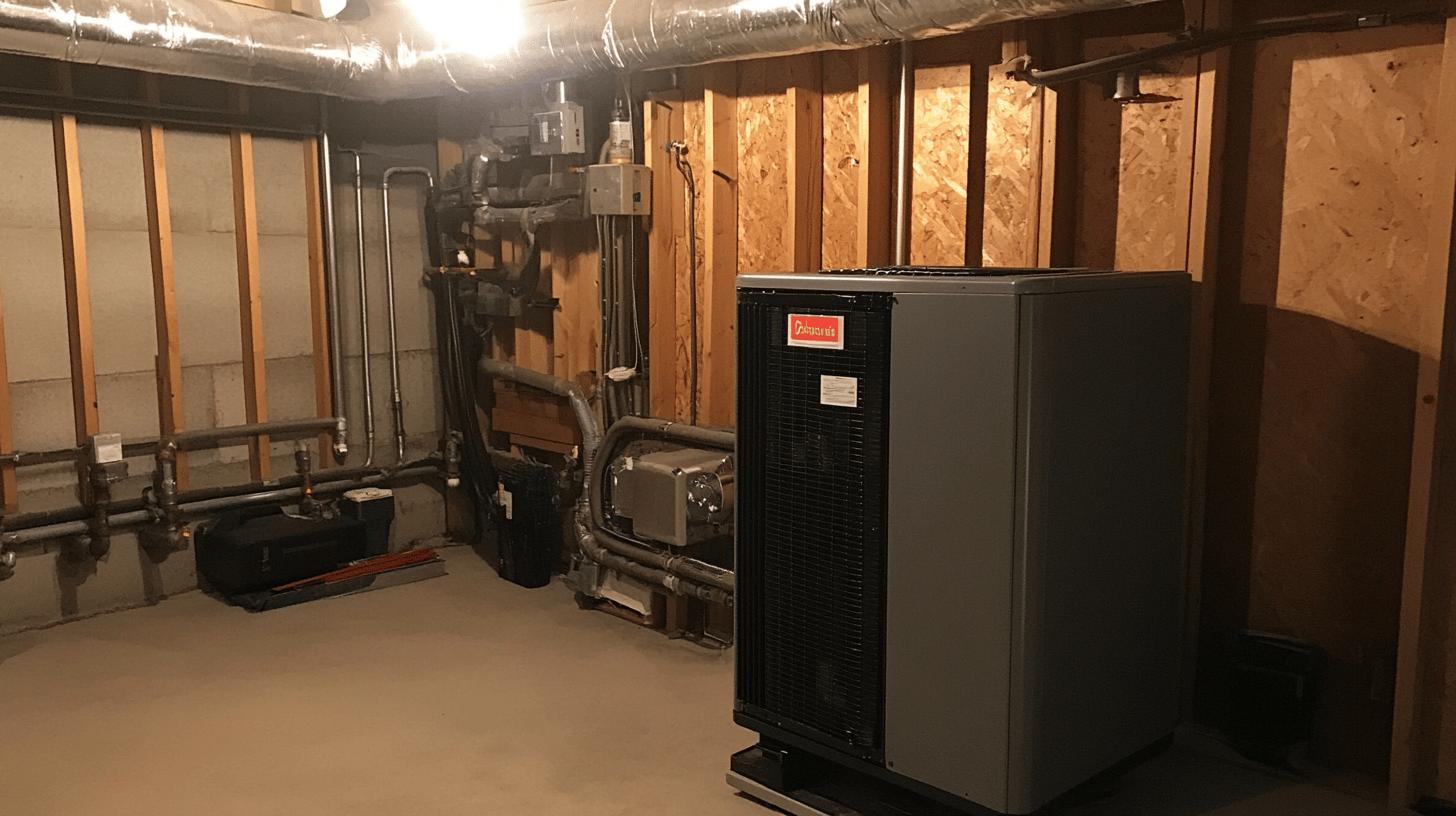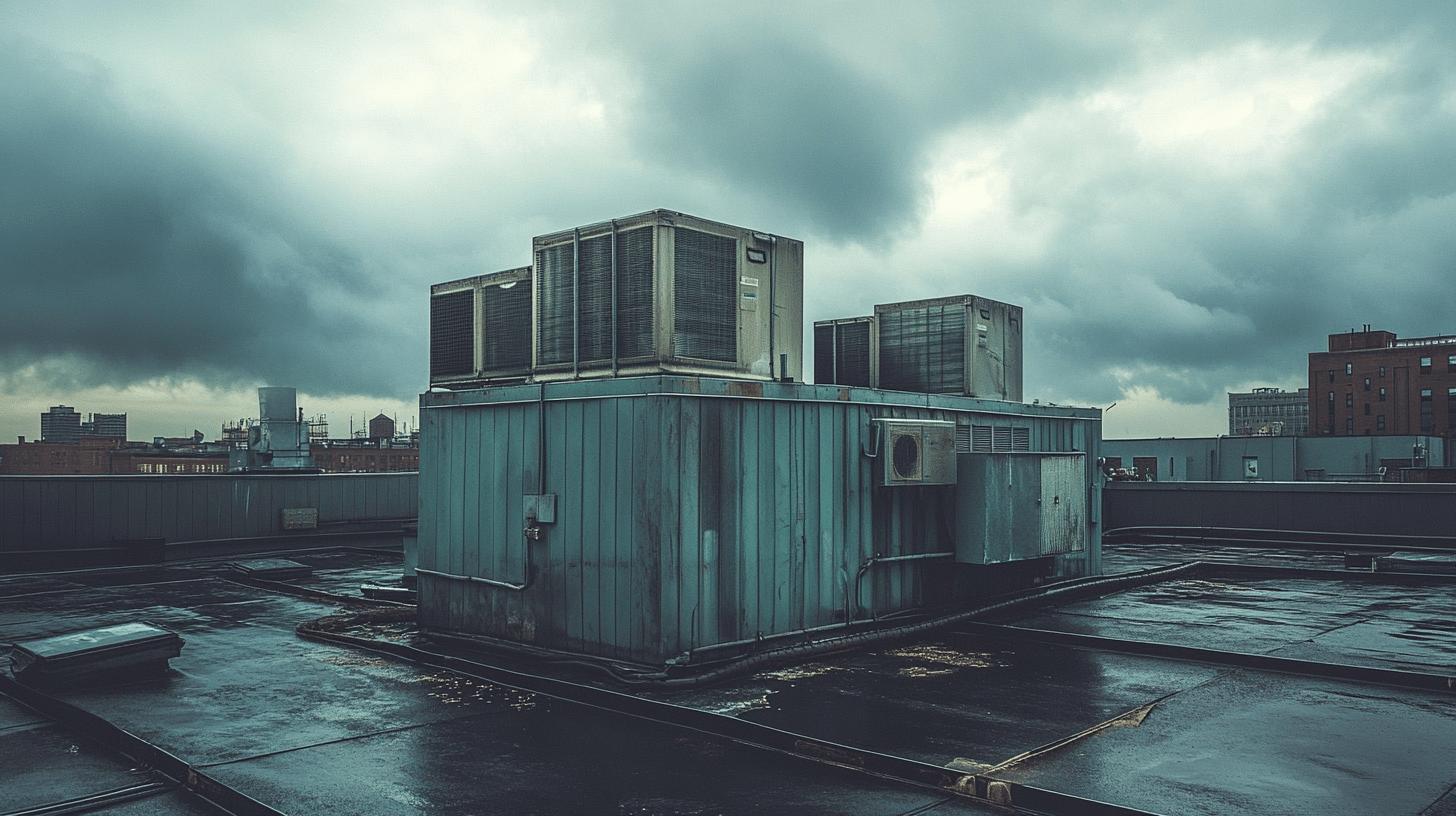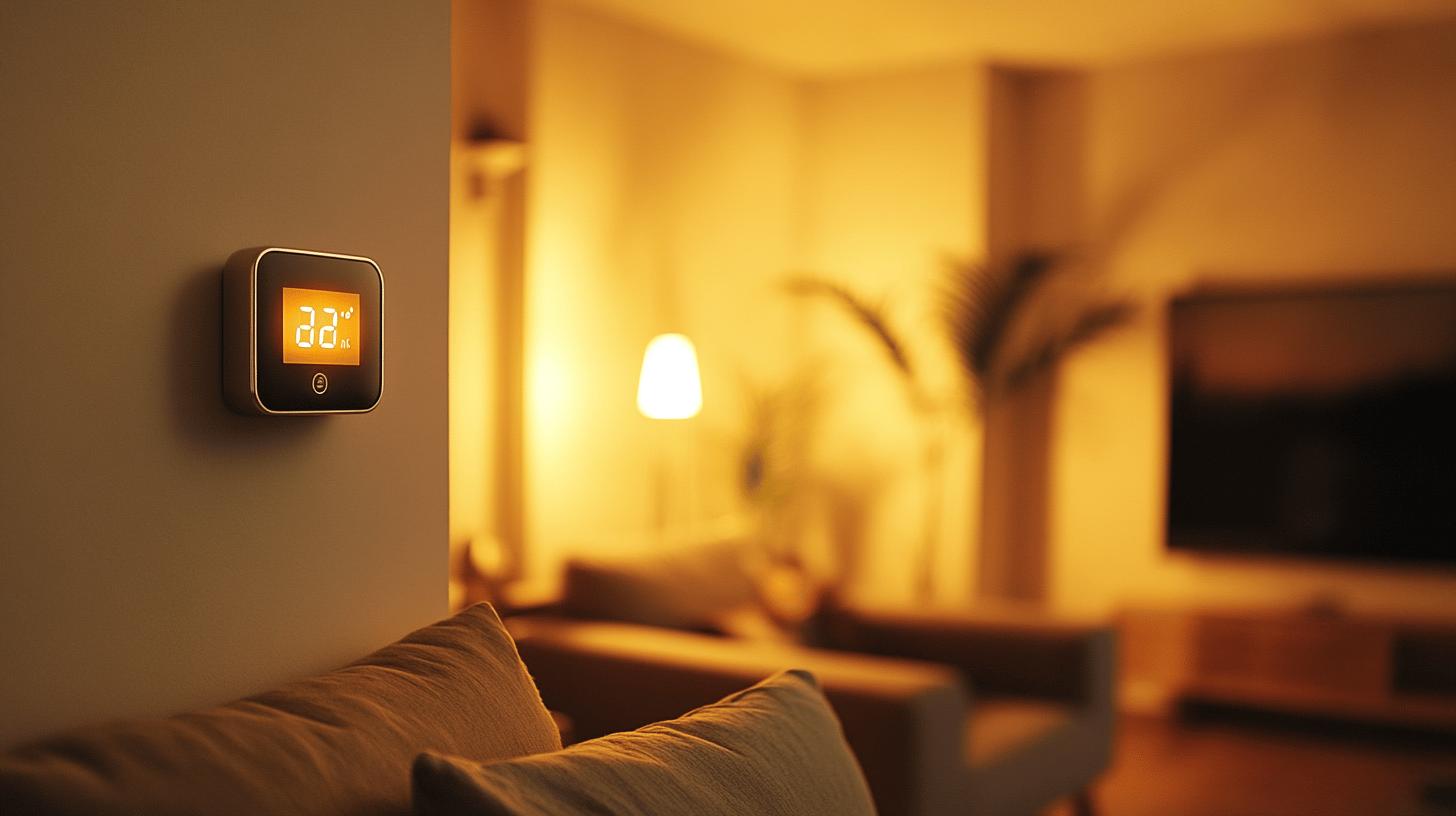Have you ever wondered how the air in buildings stays just right, neither too hot nor too cold? The secret lies in the HVAC system, a complex network designed to regulate temperature and air quality. Understanding the components of these systems is crucial to grasping their operation principles. From thermostats to ductwork, each part plays a role in ensuring comfort and efficiency. Let’s explore insights into how HVAC systems work in buildings and discover how they make modern building environments livable and pleasant.
Understanding HVAC System Components
HVAC systems are key to indoor comfort. They regulate temperature and air quality through three components: Heating, Ventilation, and Air Conditioning. Each plays a vital role. Heating keeps spaces warm in cold months. Ventilation circulates fresh air and maintains air quality. Air conditioning cools the area during warm periods. Together, these components adapt to the changing needs of building occupants.
- Thermostats: Devices that control the HVAC system, letting users efficiently set and maintain temperatures.
- Furnaces: Generate heat by burning fuels like propane or natural gas, spreading warmth via ductwork.
- Air Conditioners: Located outside buildings, they remove heat from indoor air using refrigerants, expelling it outside.
- Heat Pumps: Versatile units that transfer heat, providing heating and cooling by reversing refrigerant flow.
- Air Handlers: Work with air conditioners or heat pumps to circulate air without using fossil fuels.
- Ductwork: A network that distributes heated or cooled air efficiently throughout the building.
Integrating these components ensures smooth and efficient HVAC operation. Properly functioning ductwork allows seamless airflow, while thermostats offer precise temperature control. Together, they create a comfortable, energy-efficient environment, suits building and occupant needs.
How Heating and Cooling Processes Work in HVAC Systems

Regulating temperature is crucial for comfort in buildings. HVAC systems adapt to changing weather by handling heating and cooling efficiently. This ensures consistent indoor comfort, no matter the outside climate.
1. Heating with Furnaces and Heat Pumps
How do furnaces and heat pumps heat? Furnaces burn fuels like natural gas or propane. The generated heat spreads through ductwork, offering reliable warmth, especially in cold climates.
Heat pumps work by transferring heat. They absorb outside air heat with refrigerants, even in cold conditions, and move it indoors. This process can reverse to cool, making them versatile for year-round control.
2. Cooling with Air Conditioners
How do air conditioners cool? They extract indoor air heat and release it outside. A refrigerant absorbs heat inside, expelling it via an outdoor unit. This cycle reduces indoor temperatures, ensuring comfort on hot days.
Regular maintenance enhances system efficiency. Inspections, component cleaning, and timely repairs keep systems at peak performance. This reduces energy use and prolongs lifespan, lowering costs and environmental impact.
3. Ventilation and Air Quality in Buildings
Ventilation systems maintain air quality by controlling humidity and filtering contaminants. They remove stale air and bring in fresh air, cutting indoor pollution. Efficiency depends on quality ductwork, which distributes air evenly, ensuring every area has clean air and a healthier environment.
| Component | Function |
|---|---|
| Air Filters | Eliminate dust, pollen, and airborne particles, improving air quality. |
| Ductwork | Distributes air, ensuring even ventilation and temperature control. |
| Humidity Control | Regulates moisture levels to prevent mold and maintain comfort. |
How do these contribute to health? Air filters capture dust and allergens, ensuring circulating air is clean. Well-maintained ductwork enables efficient airflow, avoiding stagnant zones that harm air quality. Humidity control prevents mold and enhances comfort, ensuring a healthy environment.
Types of HVAC Systems for Different Building Needs

How do HVAC systems vary by building? They are customized for residential and commercial needs, ensuring optimal climate control. Common types include centralized, split, and rooftop units, each with unique benefits for different environments and structures.
1. Centralized HVAC Systems
Centralized systems provide consistent temperature across large areas. They are common in commercial buildings and large residences needing uniformity.
- Advantages:
- Efficient temperature management over large spaces.
- Centralized control simplifies management and monitoring.
- Fits buildings with extensive ductwork.
These involve a single large unit distributing air through a duct network for comprehensive coverage.
2. Split HVAC Systems
Split systems are versatile, with indoor and outdoor units. Popular in homes and smaller commercial spaces for flexibility and efficiency.
- Advantages:
- Easy installation with minimal structural changes.
- Allows individual temperature zones within a building.
- Ideal for homes and small to medium-sized commercial areas.
They create distinct climate zones, perfect for buildings with varying temperature needs.
3. Rooftop Units
Rooftop units are self-contained and installed on roofs, mainly for commercial buildings. They save space and simplify maintenance.
- Advantages:
- Save indoor space by being roof-housed.
- Easy access simplifies maintenance.
- Suitable for commercial buildings with flat roofs.
They benefit commercial settings needing large-scale heating and cooling without using interior space.
Energy Efficiency and Maintenance in HVAC Systems
Regular maintenance is crucial for efficient, long-lasting systems. Routine inspections, filter cleaning, and leak checks cut operational costs. Energy-efficient systems lower utility bills and support sustainability by reducing energy use. Upkeep prevents breakdowns, saving on repairs and extending lifespan.
- Inspect Regularly: Identify and solve potential issues through routine inspections.
- Clean Air Filters: Replace or clean filters monthly for optimal airflow and efficiency.
- Check for Leaks: Examine ductwork for leaks, which waste energy.
- Calibrate Thermostats: Ensure accuracy to avoid excess heating or cooling.
- Optimize Settings: Adjust settings seasonally to enhance efficiency.
Why is energy efficiency important? It reduces operational costs by lowering energy use and cutting utility bills. Well-maintained systems perform better, boosting efficiency. This supports sustainability by shrinking carbon footprints while ensuring comfort. Regular maintenance and energy-efficient practices bring long-term savings and environmental benefits.
Innovations and Future Trends in HVAC Technology

How are innovations transforming HVAC? Smart thermostats and automation enhance systems, boosting energy efficiency and user control. This shift marks smarter climate management. Smart thermostats learn preferences and adjust settings, optimizing comfort and minimizing energy use.
Smart HVAC Technology
What features do smart HVAC systems provide? With remote control via apps, they allow adjustments from anywhere. Data tracking monitors usage, leading to informed energy decisions. This tech improves user experience and cuts costs by optimizing operations with real-time data.
What trends are expected in HVAC tech? Greater sustainability and deeper integration with building systems. Sustainability drives eco-friendly refrigerants and renewable energy use innovations. Integration with smart homes is expected to connect HVAC seamlessly with other utilities.
As trends evolve, HVAC systems will shape energy-efficient, environmentally responsible buildings, lowering costs and reducing carbon footprints.
Final Words
Exploring the intricacies of HVAC systems reveals the importance of each component in maintaining homely comfort and efficiency. An understanding of heating and cooling processes, alongside proper ventilation, enhances air quality. Different system types cater to diverse building requirements, emphasizing the need for energy efficiency and regular maintenance. With advancing smart technologies, HVAC systems continue to evolve.
Embracing these innovations helps you stay ahead in managing comforts. Understanding how an HVAC system works in buildings positions you to make informed choices, ensuring a comfortable and energy-efficient environment.
FAQ
How does the HVAC system work step by step?
An HVAC system in a building operates by heating, ventilating, and air conditioning to regulate temperature and air quality. It starts with a thermostat triggering furnaces for heat or an air conditioner for cooling, while ductwork distributes air throughout the building.
What is the working principle of the HVAC system?
The working principle of an HVAC system involves using heating elements like furnaces or heat pumps to warm air, and air conditioners to remove heat, ensuring comfortable indoor climates. Ventilation systems add fresh air and control humidity.
How do building HVAC systems work?
In buildings, HVAC systems function by integrating components like thermostats, furnaces, air conditioners, heat pumps, and ductwork. This setup allows for temperature regulation and air quality control, distributing conditioned air through ductwork systems.
How does HVAC work in a house?
In a house, the HVAC system manages air temperature and quality using a furnace or heat pump for heating and an air conditioner for cooling. A thermostat governs the process, while ductwork circulates air throughout the home.
What are the 4 basic categories of HVAC systems?
The four basic categories of HVAC systems are centralized HVAC systems, split systems, and rooftop units. Each category suits specific building needs, with centralized systems often used in larger buildings, and split systems common in residential settings.

